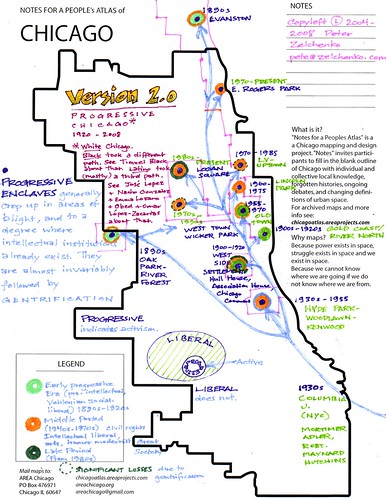
A few years ago, at a party in Mozambique, I wandered over to a group of women co-workers whooping it up and telling stories. As I neared, I realized that they were good-naturedly one-upping each other relating the times they'd been hit or beaten by their husbands and lovers--all while laughing raucously. There was a bitter edge to the laughter, but there was also, undeniably, joy. Hard to understand where that joy came from, maybe it was about release or celebrating the bond that knit these sisters together. I've never been able to describe adequately the intense mixture of grief and joy that runs though life in Mozambique. Our media-filtered version of Africa tempts us to interpret it as bereft, tragic, and somehow diminishes the suffering by making it seem either commonplace and ordinary or exotic and foreign. The effect is anti-empathic. Certainly death is more common among my Mozambican friends and their families, but it is felt no less deeply. I've labored to portray the full range of the culture and emotional life I experienced vicariously, hoping to dispel myths and make personal connections among people who will never meet.
"Ruined" attempts something similar with a place and subject more tragic and less accessible. Can fostering a sense of empathy on a personal level translate into a political response as well? Is that the difference between activist art and propaganda?
At a recent
Night School symposium, Director Kate Whoriskey explained that the play grew out of a "desire for us to have more power than we had, we are theater artists and we have very little power in the global community." She and playwright Lynn Nottage started with the idea of setting Bertolt Brecht's Mother Courage in the Congo, but after visiting 15 Congolese survivors of sexual violence in southern Uganda, they abandoned that idea in favor of trying to tell the stories of the women more directly. The ghost of Mother Courage may still haunt the play, but unlike Brecht's work, Ruined appeals to the heart, not the head. Kate explained, "Life happens everywhere. If you're in a refugee camp people are having sex, having children, falling in love. The human instinct is to create relationships. . . the goal is to keep burrowing through and make a life."
So does it work? The play won a Pulitzer Prize, many awards and accolades, and has raised thousands of dollars for the
Panzi Hospital in the Congo. Kate: "I think theater has extraordinary potential and it's very hard to meet it. It's such an untamable beast. It can have such significance and so often fails, over and over it fails. . . . Did it change the way I see theater and its depth? Yes. It definitely has gotten attention to the issue that hasn't been there. Theater can be part of an activist movement."
Ruined works on a Western dramatic structure, so the audience can be familiar with the cadence, if not the subject matter. We know what to expect. Emotionally, the right buttons are pushed, but does pushing those buttons lead to charity, to pulling out the wallet as a kind of catharsis, or can it lead people to dig deeper and explore the larger political issues?
Intiman bills itself as an activist theater, and promises over the next 5 years a new initiative, the International Cycle, "designed to inspire a dialogue with global culture." Ruined will tour next to South Africa and be seen by Africans and Congolese refugees living there. In a sense the play is returning home, to the seed of its inspiration. When Whoriskey and Nottage explained the Brecht play to women parlimentarians in Uganda, they had not heard of it but the title, "Mother Courage," resonated, the way the words sounded together seemed right. Opening up this conversation between Africans and Americans, about courage and grief and joy and survival, may be the play's best accomplishment.


















